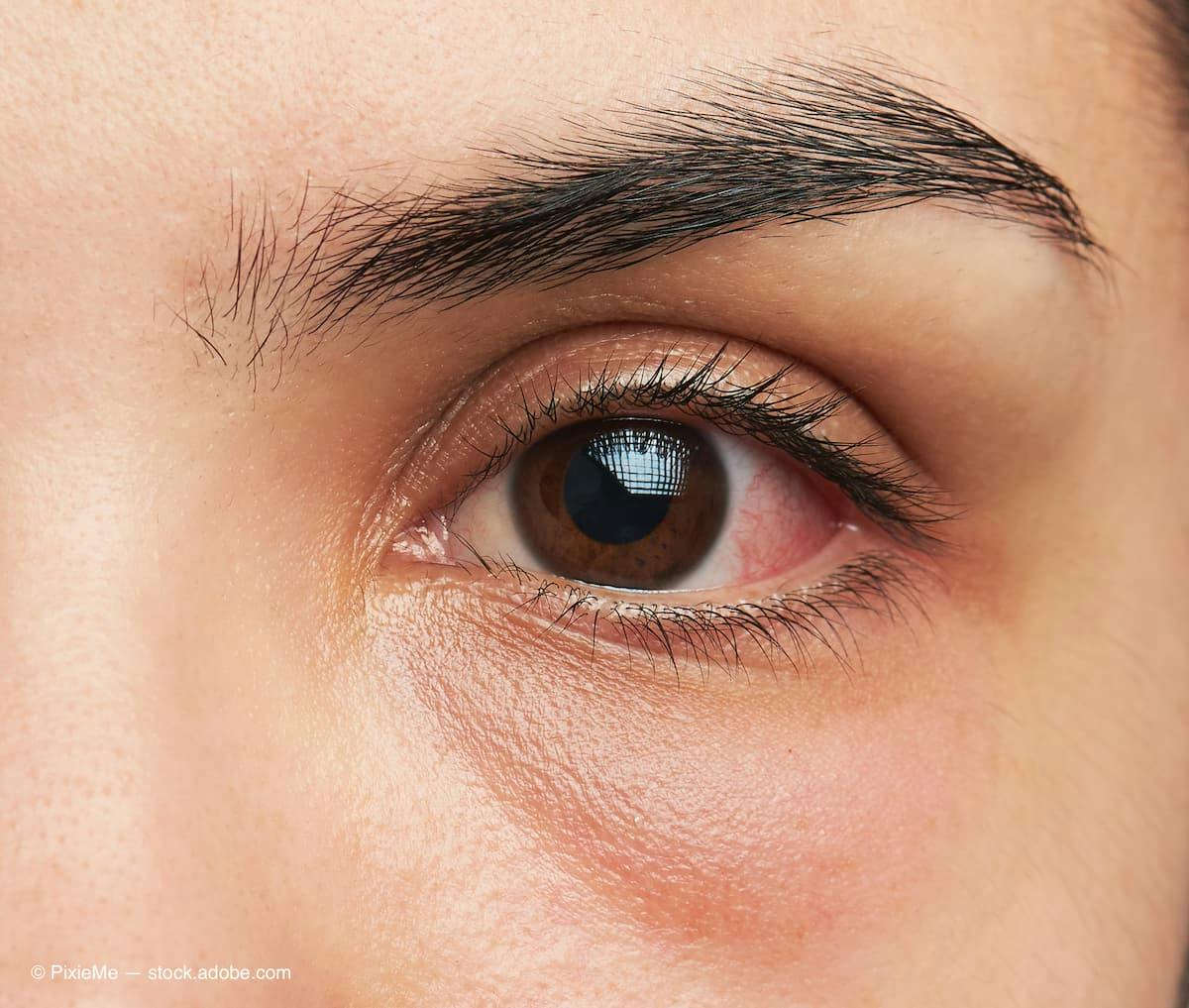Mitochondrial DNA copies lower in patients with high-tension glaucoma
Patients with HTG had significantly fewer mtDNA copies per nuclear DNA.
In this study, Vallbona-Garcia and colleagues isolated buffy coat DNA fom the blood of 4 groups of age- and sex-matched participants. (Adobe Stock / zaie)

A team of Dutch investigators attempting to elucidate the pathogenesis of primary open-angle glaucoma (POAG), the most common of the glaucomas, found that fewer mitochondrial DNA (mtDNA) copies were present in the blood of patients with high-tension glaucoma (HTG) compared with those with normal-tension glaucoma (NTG), suggesting that genetically deficient mtDNA replication may be a culprit in HTG.1
This finding may result in a low number of mtDNA copies in the retinal ganglion cells (RGCs), the death of which is characteristic of the pathophysiology of glaucoma, according to first author Antoni Vallbona-Garcia, PhD, from the University Eye Clinic Maastricht, Maastricht University Medical Center+; the Department of Toxicogenomics, Maastricht University; and the School for Mental Health and Neuroscience, Maastricht University, all in the Netherlands.
The investigators hypothesized that because RGCs have a high energy demand, suboptimal mitochondrial function may put the survival of these neurons at risk. In line with this, they investigated whether the mtDNA copy number or mtDNA deletions could reveal a mitochondrial component in the pathophysiology of POAG.
Study methods
In this study, Vallbona-Garcia and colleagues isolated buffy coat DNA fom the blood of 4 groups of age- and sex-matched participants. The groups were as follows: 97 patients with HTG, 37 patients with NTG, 9 controls with ocular hypertension, and 32 controls with cataracts but no glaucoma.
They assessed the number of mtDNA copies by quantitative polymerase chain reaction (PCR) of the mitochondrial displacement loop and nuclear B2M gene. The presence of the common mtDNA 4977 base pair (bp) deletion was assessed by a highly sensitive breakpoint PCR.
The main finding was that the patients with HTG had significantly fewer mtDNA copies per nuclear DNA than the patients with NTG and the controls (P < .01 and P < .001, respectively). The common mtDNA 4977 bp deletion was not found in any of the participants.
“We found that, on average, buffy coat blood cells’ mtDNA copy number was lower in HTG patients compared to controls,” the authors said of the results.

“Most likely, this indicates a genetic predisposition for suboptimal mitochondrial function and mtDNA replication, which may become critical with age and rising IOP, in postmitotic, high-energy–demanding cells such as RGCs, and may thus contribute to glaucoma pathology. [Patients with glaucoma] with a low number of mtDNA copies per cell may be amenable to drug treatment targeting mitochondrial biogenesis and copy number increase to bolster the overall mitochondrial function.”
Reference
1. Vallbona-Garcia A, Hamers IHJ, van Tienen FHJ, et al. Low mitochondrial DNA copy number in buffy coat DNA of primary open-angle glaucoma patients. Exp Eye Res. 2023;232:109500. doi:10.1016/j.exer.2023.109500

Newsletter
Want more insights like this? Subscribe to Optometry Times and get clinical pearls and practice tips delivered straight to your inbox.





.png&w=3840&q=75)
























